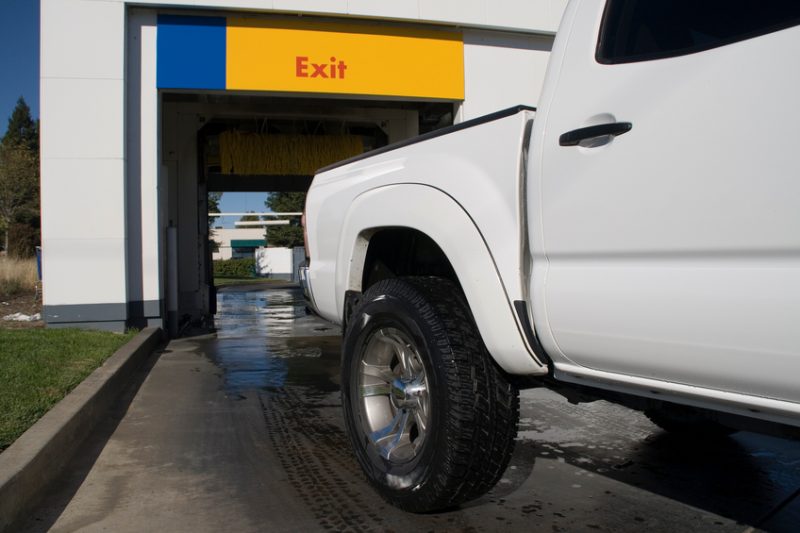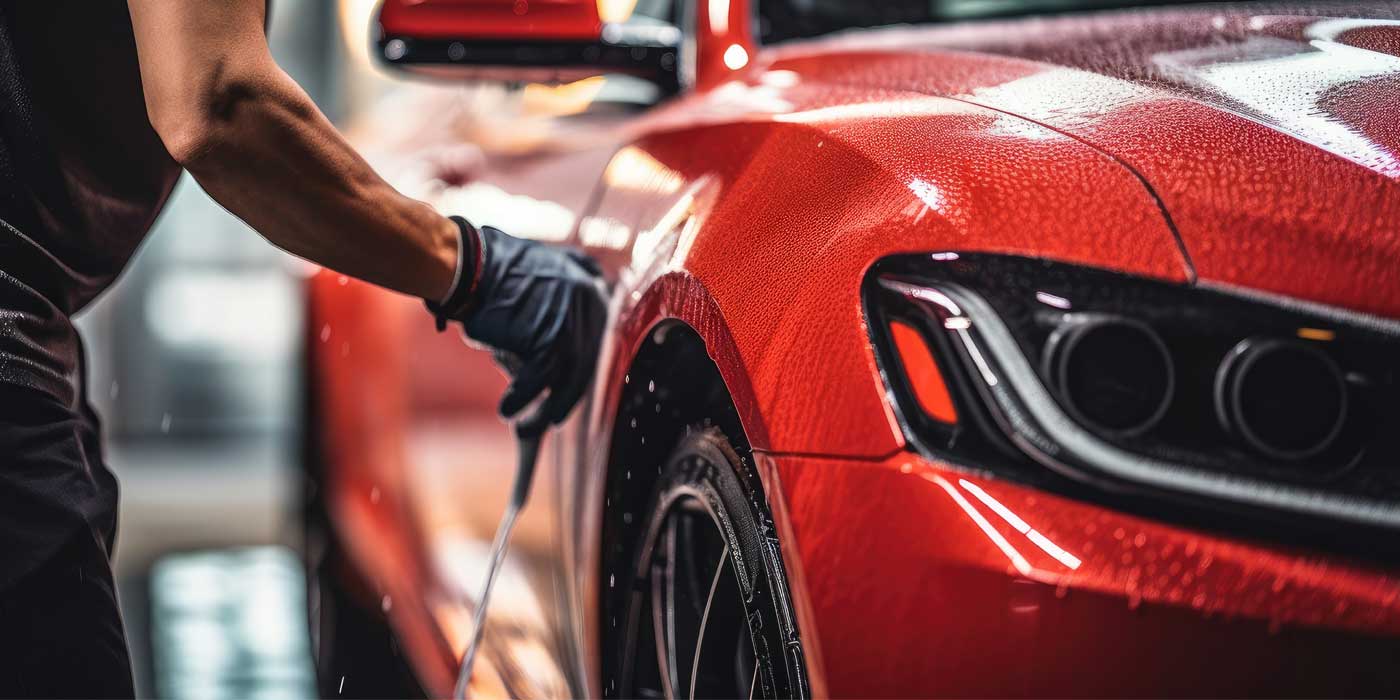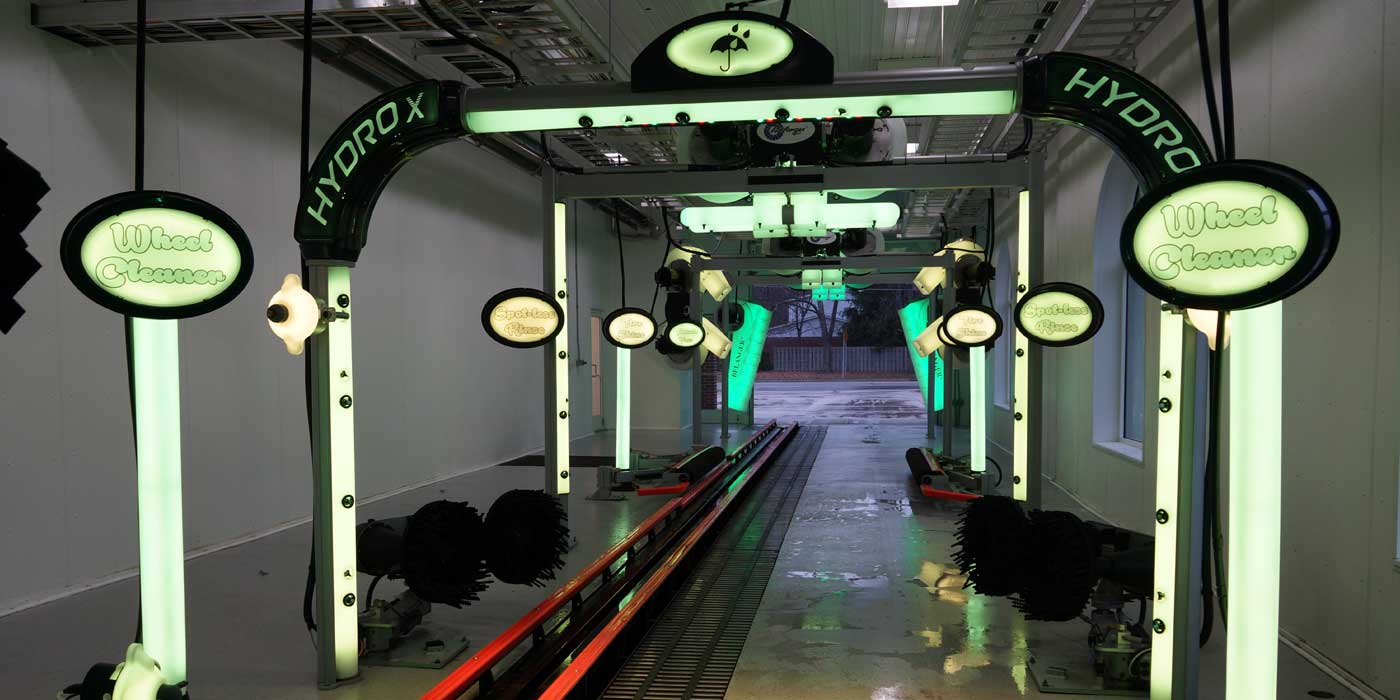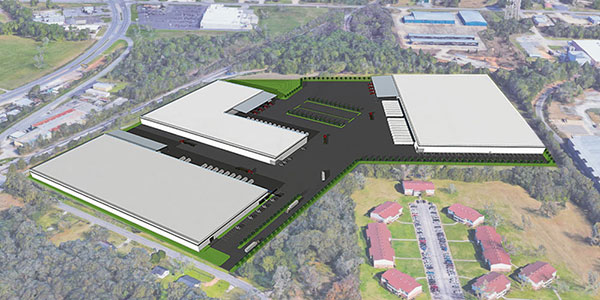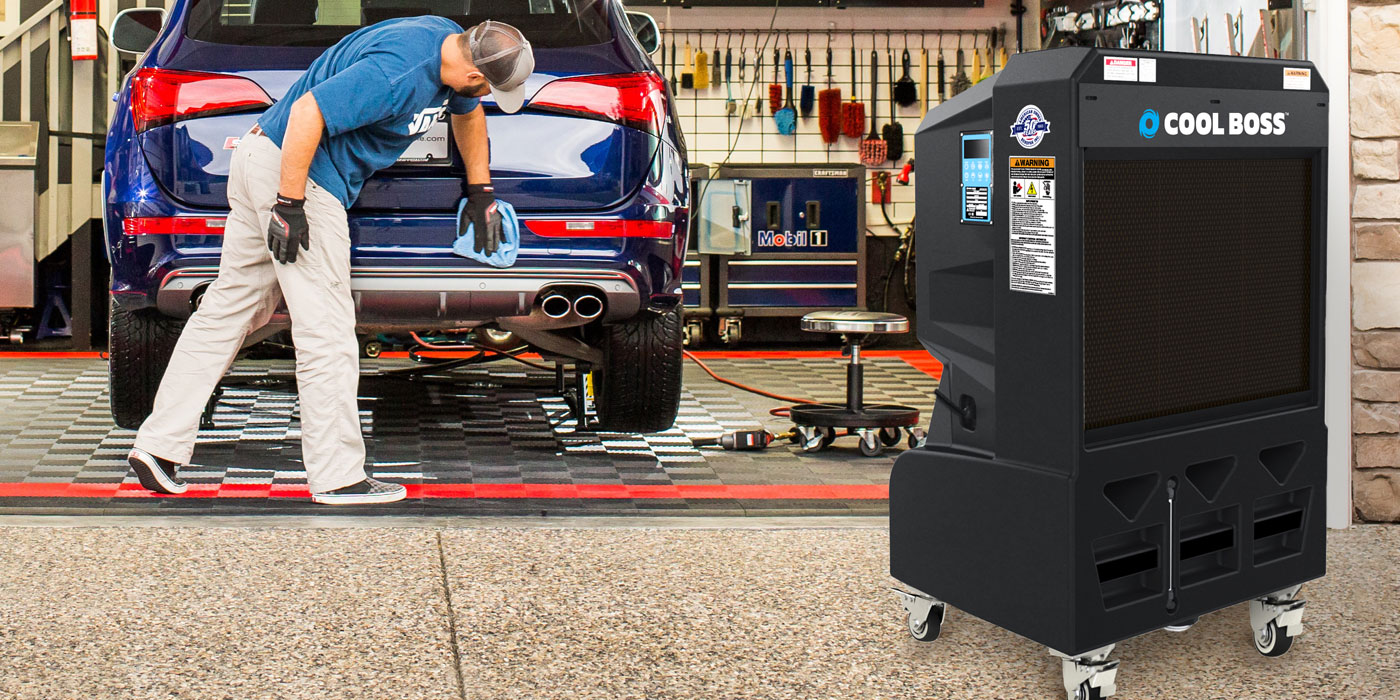Americans love their pickups, and that love continues to bloom. According to a recent article in The Wall Street Journal, car sales for the first nine months of 2016 are down 8.2 percent. Compare that to an increase of 7.7 percent for light-duty trucks (defined as pickups), cross-overs, vans and SUVs. For that same timeframe, pickup sales specifically increased by 5.8 percent. And, that is on top of an 11 percent decrease in car sales and a 15 percent increase of light-duty trucks during 2015 compared to 2014, according to International Business Times.
With the growth in truck sales comes growth in the unique challenges in washing those vehicles. Chief among those challenges is dealing with open truck beds.
The truck bed problem
Carwash operators have dealt with issues surrounding open truck beds for years. Some of the issues include blowers that blow debris out of the bed, foam chemicals that accumulate in the truck bed — something that is not only wasteful, but is often blown out at the tunnel exit — and damage from top wraps that descend into the truck bed. As sales for pickup trucks increase year after year, operators encounter these situations more and more.
Tunnel controllers over the years have been able to mostly deal with these issues by “assuming” the truck bed position for a standard sized pickup truck and then taking action based on that assumption. Those actions, for example, include reducing airflow from the top blower, turning off foam chemical applications and retracting top wraps.
This works mostly well, but has an inherent flaw in that not all pickup trucks are the same size; some pickups have extended cabs, some have bed covers and some are short or compact. And, the old process relies on the tunnel attendant noticing the pickup truck’s open bed and pressing a button on the controller’s button box. If the attendant misses the open bed or forgets to push the “open bed” button, then anything programmed in the controller to deal with that open bed will not happen, potentially causing damage to the carwash, the pickup truck and other vehicles in the tunnel.
Related article: Q&A: How to wash large and recreational vehicles
The benefits of sonar profiling
Modern controllers have solved these issues by using sonar to profile the vehicles. How does it work? The following highlights its main functions and purpose in carwashing.
As the vehicle enters the tunnel and proceeds down the track, a sensor at the tunnel entrance uses sound waves to “outline” or “profile” the exterior of the incoming vehicle with accuracy to the inch. These profiles are used to precisely locate the start and end of the pickup truck bed. Using that information, the controller is able to accurately control the tunnel equipment to take appropriate action and properly react to the open truck bed as the vehicle proceeds down the track. With the automatic recognition of an open truck bed, the controller will take action automatically, without requiring action from the tunnel attendant.
Knowing the start of the truck bed can also automatically improve the quality of a pickup truck wash. One operator in the Midwest uses a top wrap to clean the back window of his customers’ pickup trucks. He has set the controller to allow the top wrap to start descending into the bed, thereby cleaning that back window. Then, the controller will raise the wrap before it gets too far into the bed. As this savvy operator says, he allows it to “just ‘kiss’ that back window” in order to clean that area that he says was previously very hard to reach.
Sonar profiling technology can also sense the vehicle’s windshield, and there are two reasons an operator is interested in knowing that. First, today, rain repellant chemicals are typically applied to the entire vehicle. Yet, it is the windshield that benefits most. By knowing where the windshield starts and stops, the tunnel controller can apply the chemical specifically to the windshield, saving the operator money.
A second reason for knowing the location of the windshield is because side mirrors are often located near the start of the windshield. Since side mirrors are notoriously challenging to properly rinse soap from, operators often install side mirror blasters, angled such that they spray high pressure water in a way to clear the soap and other foams from around those side mirrors. By knowing where the mirrors are and by activating the blasters only for as long as needed, operators save on their utility bills.
Other advantages
Sonar profiling technology is not only being used for pickup truck and side mirror applications, but also for tall vehicles. When a van or a large SUV is detected, the controller will reduce the airflow of the top blowers. Like open bed pickups, this used to be manually recognized and triggered by the tunnel attendant but can now be automatically sensed and acted upon by the modern controller.
Saving on chemical costs, reducing utility bills and minimizing vehicle and equipment damage are all advantages of using features associated with profiling vehicles. One other advantage that is often overlooked is simplifying wiring and reducing the number of relays a controller needs. Without profiling abilities, clever operators will wire extra relays to shut off functions or retract top wraps. With modern controllers using profiling, programs are built into the software to handle those functions using existing relays, thereby eliminating the extra wiring and relays that have traditionally been needed. This can also save operators the costs associated with the electricians installing that extra wiring.
Automated technologies that profile vehicles have emerged in this industry with great interest. These technologies can save operators water and chemical expenses, reduce wear and damage to tunnel equipment, provide excellent cleaning results to the customer and reduce wiring costs.
Although advances in sonar profiling detection have come a long way, there are still some functions that operators would like to see in the future, such as innovation that can: detect fins, windshield deflectors or other non-factory equipment; identify ski racks or luggage racks; and differentiate between hard tops and convertible tops. As tunnel control manufacturers make advances in the sonar profiling technology used to profile vehicles, we’ll see these or other capabilities emerge.
Related article: Technology’s impact on carwashing
Bonnie Kimberlin is vice president, sales and marketing, at DRB Systems. DRB Systems, located in Akron, Ohio, has been a leading point-of-sale software and business solutions company in the carwash industry for 32 years, providing technology and marketing support to enhance customers’ experience and carwash operational efficiency. DRB Systems offers a powerful SiteWatch® point-of-sale system and a state-of-the-art TunnelWatch® tunnel controller with robust Vehicle Profile Detection™. See www.drbsystems.com.

